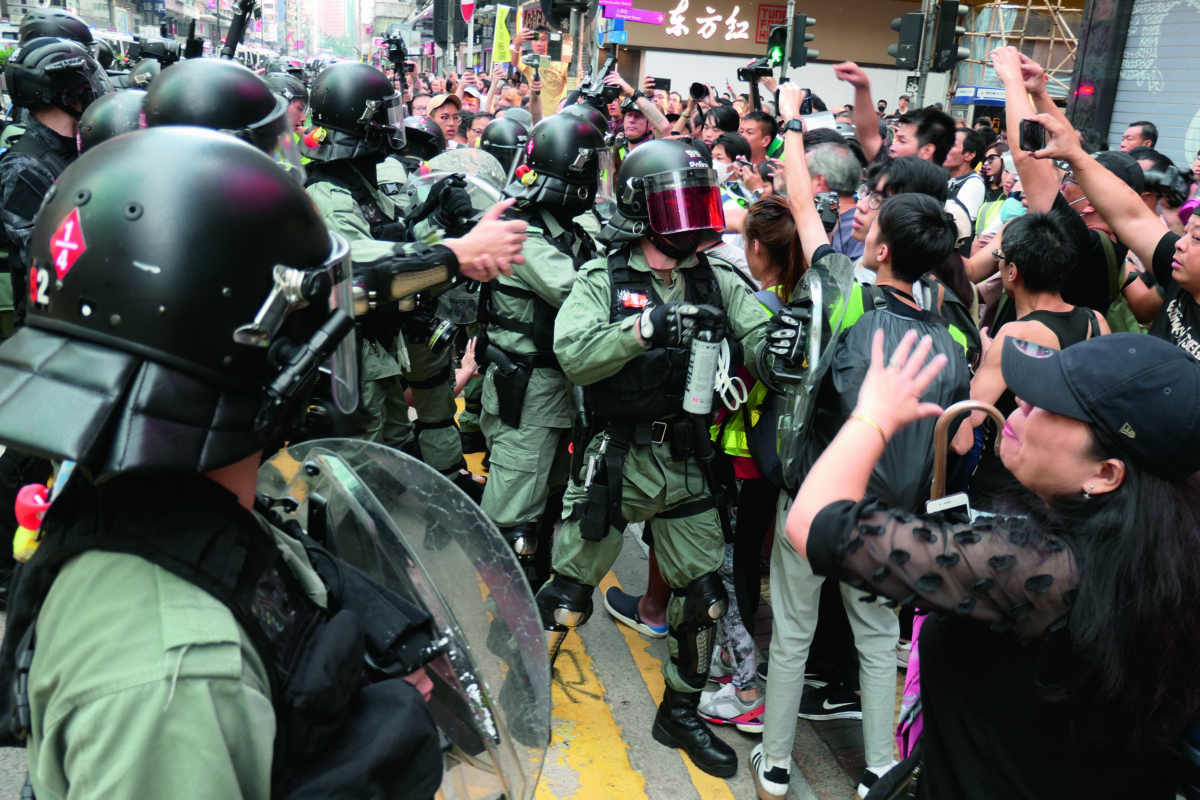I grew-up in the 1960s watching the original Batman television series, and even as a 7-year old I realized its campy, tongue-in-cheek silliness was a typical American situation comedy. Its dramatically intentional music, improbable plots and inventive, snappy graphic texts (‘wham’, ‘bam’ etc) replicated its Batman comic-book origins to target a school-age audience, like me. The villains that Batman & Robin battled included the Penguin whose variety of umbrellas played a large part in his criminal schemes and the Riddler, whose riddles were intended to confound Batman, but were often unraveled by Robin. Each episode was essentially a story built around fiendish, childish pranks mixed in with odd doses of ‘how to behave’ moral lessons for the show’s young impressionable audience.
The Joker was depicted in the Batman television series as a villainous mastermind surrounded by fellow villains, but his character was never considered bad when seen in such a tongue-in-cheek show. It is only since the film versions of Batman that the role of Joker has morphed into a much tougher, unhinged and outlandish character led by the uncompromising acting of Jack Nicholson and Heath Ledger. I am usually careful reading film reviews due to spoilers or the hyping of how good a movie is. However, I was intrigued by the unrelenting praise given to Joaquin Phoenix’s performance as the Joker, so I read Deborah Ross’s review in The Spectator. She says “…the film is held together by Phoenix who is spell-binding in his twisty, maniacal way. But, it is also charmless and hateful and unremittingly nasty….” Her review then makes a damning suggestion. She asks, is the film “…A masterpiece, or irresponsible trash? You decide. Or, just step away and spare yourself the grief. That’s probably for the best.”
Unfortunately, I didn’t take her advice. I saw an early afternoon screening. In short, it is “irresponsible trash”. I didn’t walk out, which I very rarely do in movies, but I wish I had. The movie explores and details the origins of Arthur Fleck, alias the Joker. Let me explain, but spoiler alert: Arthur is adopted, raised by a single mother, and suffered as a boy from her abuse, deprivation and poverty. He has a mental disorder that causes uncontrollable laughter that requires medication. Arthur aspires to be a comedian and works as a part-time clown, a job he subsequently loses. Every month he sees a social worker, who provides minimal oversight. Her services (and Arthur’s indispensable medication) are later cancelled due to social welfare funding cuts. We witness Arthur becoming increasingly psychotic, delusional and unpredictably violent. The film’s streets and subway scenes depict a gritty, tough capitalist dog-eat-dog place populated by uncaring fellow-residents in a city that is crumbling. The movie concludes with the sub-plot of disguised protesters wearing clown masks attending large protest rallies against ‘the system’, who smash-up cars and set the fictional city of Gotham ablaze. Arthur, detained and held in a police-car, is driven through one of these rallies. A horrendous car accident kills his police minders and then, improbably, the Joker is retrieved from the car wreckage and is literally held aloft as a hero by the street mobs.
After the movie, I had a quiet coffee in a Yau Ma Tei chan cha teng on nearby Nathan Road. Everyone was happily sitting, chatting and eating until a group of riot-clad police stormed past us. I quickly slurped my drink, paid and left to see what was happening on the street. A little further up the road a kid on his bicycle was arrested for verbally abusing them. Then other onlookers also abused the police, some getting pepper-sprayed, then a little further along some more got pepper-sprayed. I followed the police until Prince Edward and on the entire route they were continuously abused and cheered to leave by the roadside onlookers. A recent Chinese University of Hong Kong survey has found that 50% of respondents do not trust the Hong Kong police “at all”.
Last week, the ground floor of the Hong Kong Design Institute (HKDI) was smashed and trashed by angry protesters.
A few days later, the Civil Human Rights Front convener Jimmy Sham was badly attacked by four assailants wielding hammers.
We are in a scary impasse. The government and police are not trusted by the majority of Hong Kong people and their anger towards both is palpable. Violence, on both sides of the political fence, is replacing dialogue and informed discussion. Meanwhile, rumour, accusations and blame-calling set the headlines and govern the responses to each day’s incidents and crises. People tell me that Hong Kong’s days are numbered, that there is now no future; and that “revolution” is not just sprayed-painted graffiti but is happening now.
Also, last week the Chief Executive’s policy address “irresponsibly” failed to be relevant in our continuing political crisis. This was an opportunity for leadership and the government – again – failed.
The Joker may mirror aspects of Hong Kong now, but I am not impressed by its one-dimensional storyline of nihilism and destruction. Likewise, I haven’t given-up on Hong Kong yet. On our streets is also the spirit of positive reform. This is a huge opportunity to address the obscene gap between rich and poor, decision-makers and ‘small potatoes’ and the politically influential and the politically disenfranchised. Reconciliation starts by addressing these issues – that is the required “mindset” (Mrs Lam’s word), “nothing less” (protesters’ slogan).








